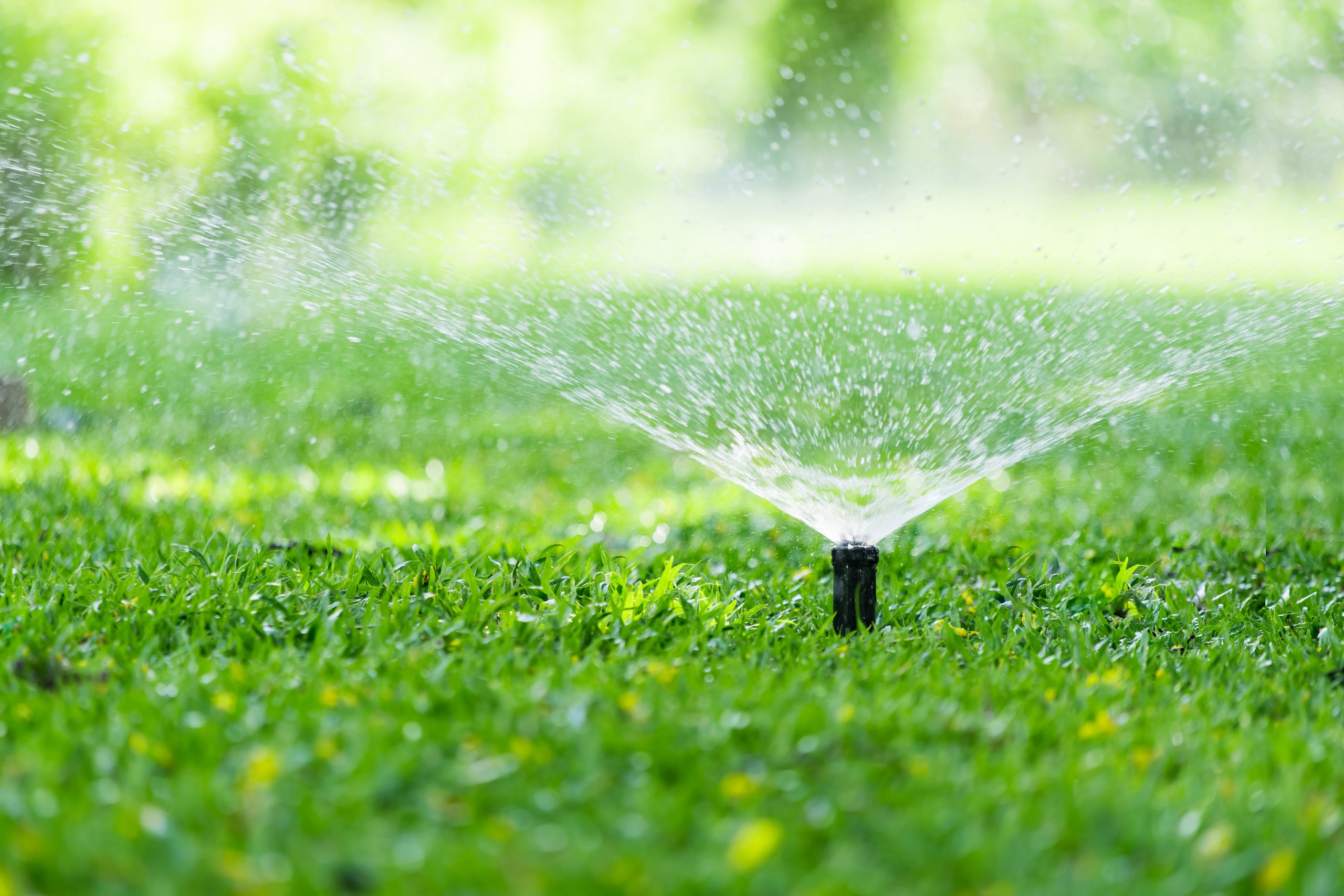

Furrow irrigation is more suitable for row crops where only part of the field surface is irrigated. Surface irrigation methods include furrow irrigation, border irrigation and flood irrigation. It is not suitable for sandy soils due to their high infiltration rate. Surface irrigation has a high labor requirement, and, of all irrigation methods, surface irrigation has the lowest water use efficiency (around 55%). The system is designed in such a way that water flows from a water supply ditch at the upper end of the field to the lower end of the field and infiltrates into the soil as it advances. Surface irrigation refers to irrigation systems that deliver water across the field by gravity. The main three types of irrigation systems are surface irrigation, overhead irrigation and localized irrigation.
#IRRIGATION SYSTEM DESIGNER INSTALL#
The shortest dimension, less 6 feet clearance, less 12 feet inlet, less 4 feet ditch (centerline) is the longest system that we can install (considering span lengths).Ĭenter feed and existing ditch (left picture) The shortest dimension, less 12 feet for inlet length, for dirt ditch, and 7 feet for concrete ditch, less 6 feet for end tower or overhang clearance is the longest linear irrigation system we can install (assuming that span lengths can be arranged to fit). Definition of dimensional terms End feed and existing ditch (left picture) Also there are two possibilities concerning the ditch: it may be an existing ditch or we may have to locate and construct a new ditch. This, of course, determines whether we have and end feed or center feed system. The initial field/system design for the l inear System begins with the determination of field dimensions and the location of a ditch, either at the edge of a field or through the approximate center of the field.

There are many variables to be considered, and specific recommendations are sometimes difficult to determine, but the well-informed system designer should be able to combine the information in this design guide with his own knowledge and information from other sources to arrive at a well-designed irrigation tool for the farmer. This guide does not attempt to cover the basic linear irrigation system design considerations such as water quality, crop consumptive use requirements, water management, climate, etc it is assumed the irrigation designer will have already investigated these factors, and is now faced with having to consider how a linear irrigation system might be applied to a specific situation. The purpose of this design guide is to acquaint the irrigation designer with some of the unique considerations involved in designing linear irrigation system installations.


 0 kommentar(er)
0 kommentar(er)
